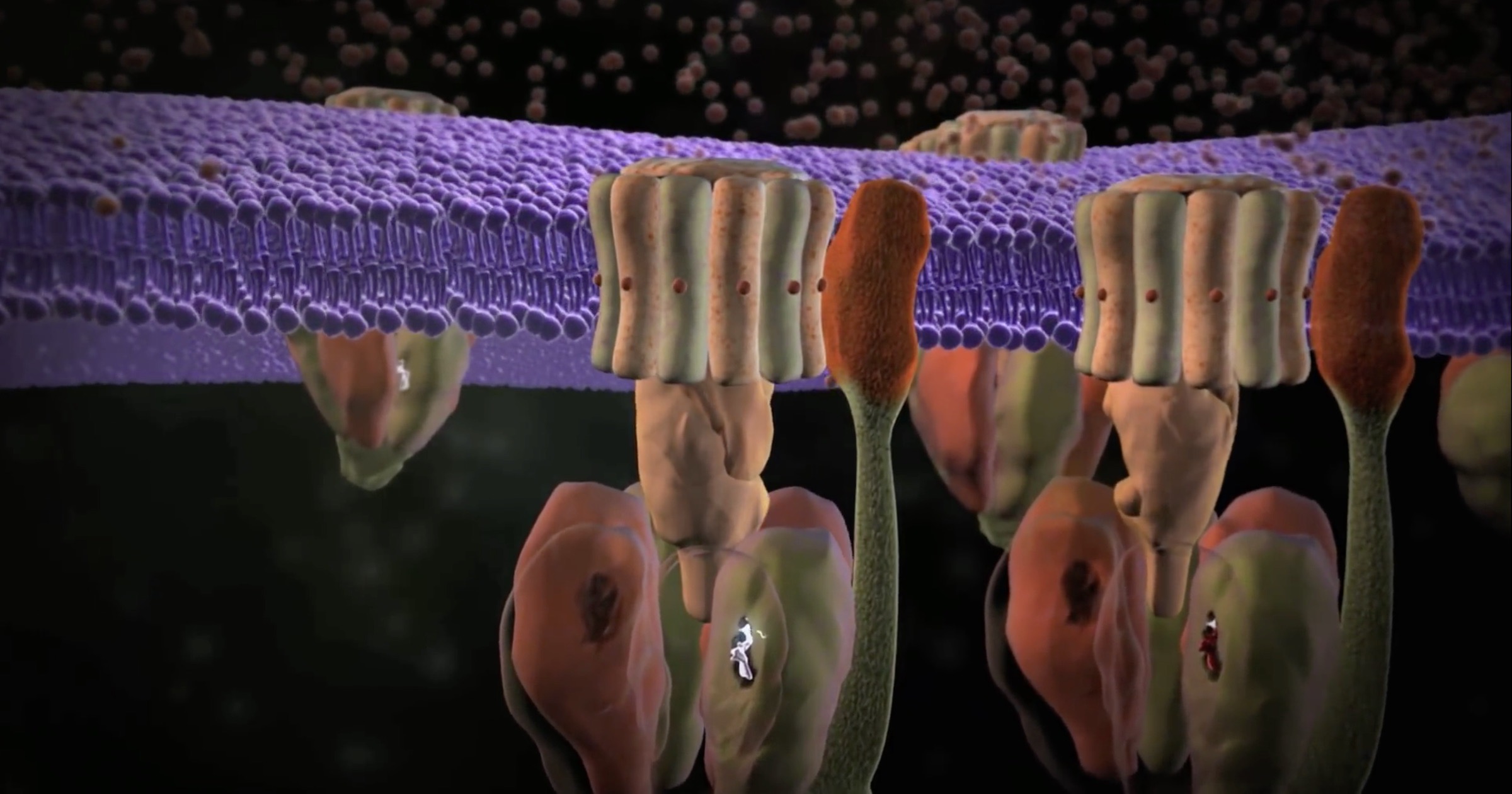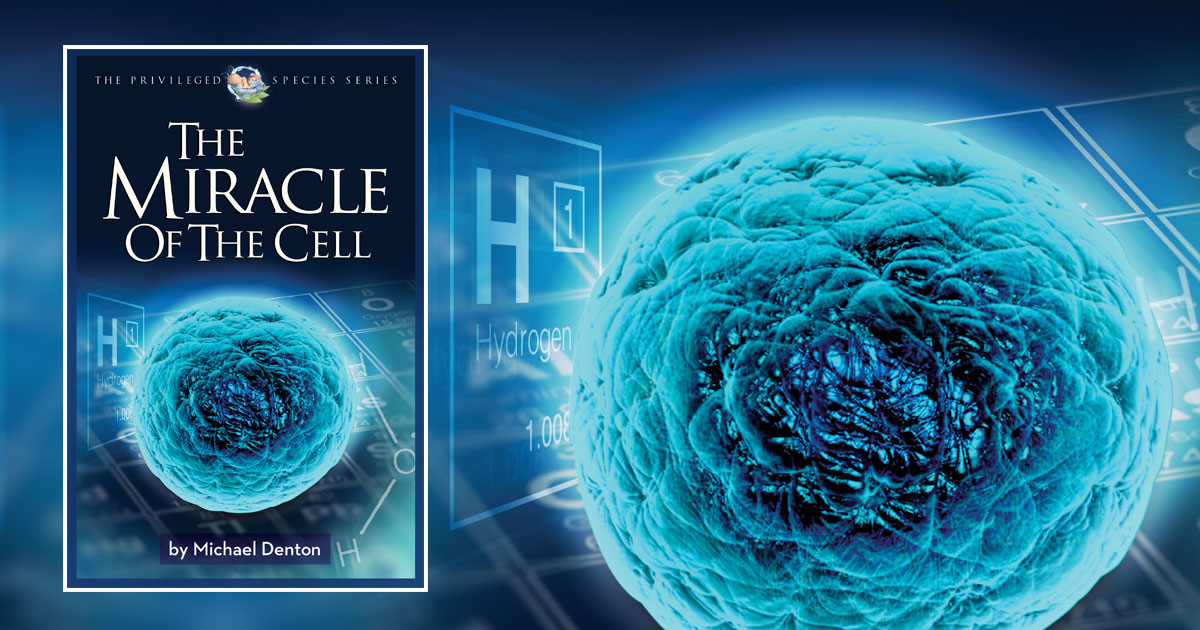 Intelligent Design
Intelligent Design
Of Turbines and Pumps: More on Denton’s Latest

Yesterday, I commented on Michael Denton’s recent book The Miracle of the Cell, and promised a remarkable example from it. Many readers here will be familiar with ATP (adenosine triphosphate). It serves as the energy currency of the cell, so its function is critical to large organisms such as you and me. ATP is produced by a sophisticated molecular machine, ATP synthase. This remarkable machine is embedded in the membrane of the cell’s mitochondria, its power generating center. It functions as a miniaturized turbine, powered by the flow of protons from high to low concentration across the membrane.
We rarely give a second thought to our body’s energy production. Robots use a battery pack and long lengths of wiring to transfer electricity. It’s terribly primitive compared to our cells. There are quadrillions of nanoscale proton-powered turbines scattered throughout the human body. You read that right! Quadrillions of miniaturized turbines. They whir away second after second, day after day, keeping you and me alive and upright and ready to tackle our next daily tasks. The most unhinged science fiction writer could scarcely dream up what we find in the cell.

Yet what enables ATP synthase to function? Astonishingly, it’s merely the smaller part of a larger suite of machinery that keeps the proper concentration of protons on each side of the inner mitochondrial membrane. If it were functioning solely by itself, the concentration of protons on both sides of the membrane would quickly equalize. That would end the natural forced flow across the turbine. And it would bring ATP synthase (and you!) to a grinding halt.
So it has to work as part of a highly coordinated team. No fewer than four additional molecular complexes work to keep pumping protons back through the membrane in a never-ending race to keep up with ATP synthase.
Clearly Pointing Toward Purposeful Design
This molecular system holds a series of atoms in exactly the right order and in just the right place as measured on an atomic scale. It allows electrons to jump from atom to atom, which in turn allows protons to pump back to where they need to be. Picture an atomic-scale version of a child’s toy Slinky walking down a staircase, with tiny packets of energy captured and put to work with each bounce along the journey.
It’s a hugely complex and functional system of systems. It cries for an explanation beyond simplistic evolutionary just-so stories. Clearly it points toward purposeful design.
Yet it is not just the existence of such remarkable molecular machines. Denton encourages us to peer even deeper to the actual atoms at work in this engineering marvel. It takes exactly the right atomic-level properties to allow these electronic circuits to work. Yes, building a molecular machine is amazing. But we need to have the right parts in the first place or we won’t get far. Denton argues that the very atoms of life appear suspiciously ordained for their particular purpose.
Fitness All the Way Down
Denton is open to the possibility of life flowing out of the fabric of the universe and its elements. By no means, though, does he believe the Darwinian story of a purposeless and unguided process. He is convinced that life is only possible due to an astonishing “ensemble of fitness in nature.” This “primal blueprint,” Denton argues, “is written into the laws of nature from the beginning,” long before the cosmos came into material existence.
Is there design to the universe? The Miracle of the Cell adds a crucial piece to the overall puzzle. Denton shows the reality of purposeful planning and design at work, down to the most minute particles in the cell. We are not dealing with a small handful of interesting “coincidences.” Rather, this fitness for life — objective, identifiable, evidence-based fitness — is manifest nearly everywhere we look.
It all adds up: We are not here as a result of some cosmic accident. We came about through purposeful planning. This design was deeply embedded in the fabric of the elements long before life, or even the Earth, was first formed. Physicist and mathematician Freeman Dyson once famously remarked that “the universe must have known in some sense we were coming.” Not just the universe, however, but the very atoms of which we are made.
Editor’s note: This article was previously published at The Stream. It is republished here with permission from the author.
